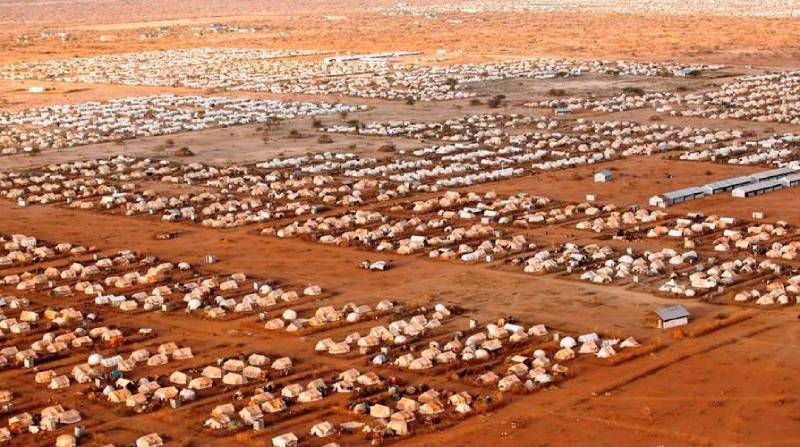×
The Standard e-Paper
Smart Minds Choose Us

Interior Cabinet Secretary Fred Matiang'i on Tuesday declared a partial lockdown in Kakuma and Dadaab refugee camps.
Matiang’i invoked the Public Order Act on cessation of movement in and out of the camps as part of control measures against the spread of coronavirus.